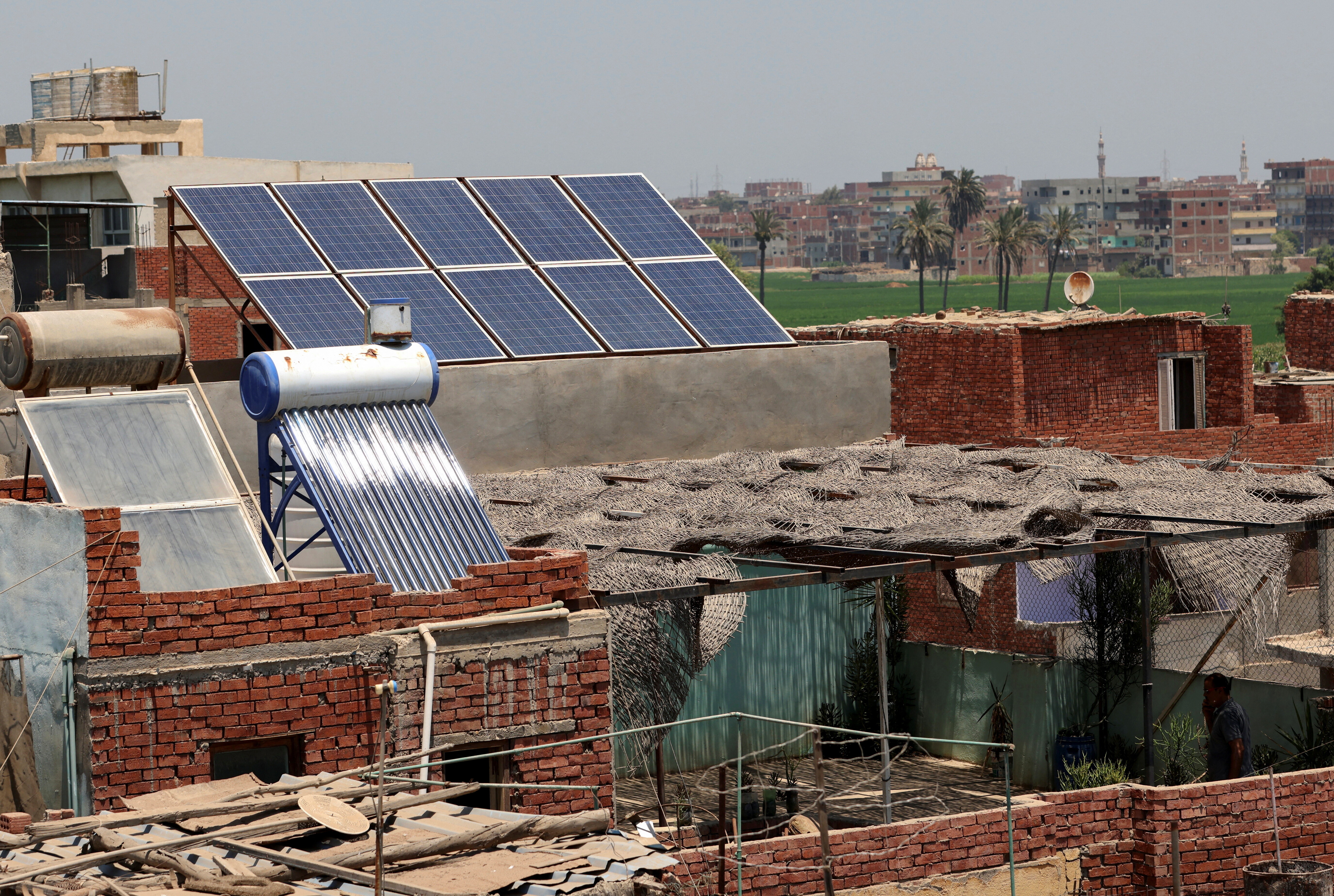This innovative scheme is helping rejuvenate to US cities

Some neighborhoods in Pittsburgh have suffered population declines of 80 percent and more.
Image: REUTERS/Eric Thayer (UNITED STATES - Tags: CITYSCAPE BUSINESS)
Stay up to date:
United States
When Jamil Bey wanted to move back to the Pittsburgh neighborhood where he had grown up, he found the perfect house to buy. There was just one problem - a fall in property values on that street had left the owners trapped in negative equity.
Unable to agree on a price that would allow the sellers to pay off their mortgage, Bey realized he would not be able to buy a house in his old neighborhood - and that the owners would be stuck with a property they did not want.
Across the United States, former manufacturing centres like Pittsburgh have experienced overwhelming population declines in recent decades, pushing down property prices and leaving homes empty and neglected.
"For folks who have a connection to those neighborhoods because they grew up there, there's not a whole lot of quality properties to chose from," Bey told the Thomson Reuters Foundation.
"Even if you're looking for property to invest in, you can't fund new construction because the property values in those neighborhoods are too low."
It took a trip to New York state for Bey to find a potential solution to the problem blighting his city - land banks, which have the power to search out vacant properties and work to return them to the market.
"I was in Syracuse and realizing that the vacant lots looked well taken care of — planted, with cut grass and nicely maintained," he said. "And I was told, 'We have a land bank'."

Many former industrial cities, particularly in the northeastern United States, have lost a quarter of their population or more since the 1950s, according to census data.
Pittsburgh, once one of the largest and most prosperous cities in the country, has been among the hardest hit.
Some neighborhoods there have suffered population declines of 80 percent and more, said Bey, setting up a cycle of decline that has blighted entire communities.
Recycling land
Bey is now vice chairman of the Pittsburgh Land Bank, which is set to start operating this summer, aiming to take on the growing numbers of abandoned properties in the city.
He describes its remit as "recycling land" - working through entanglements of ownership, addressing tax issues and fixing up or tearing down structures with a view to getting vacant property back on the market or giving it over as a public space.
Houses that have sat for long enough to become blighted are often saddled with significant tax arrears, reducing their appeal to investors.
Many land banks are able to short-circuit this process, clearing arrears before addressing regulatory violations to make the property appealing to new buyers.
Land banks have existed in the United States since the 1980s, but interest has spiked since the economic downturn of 2008-09, according to law professor Frank S. Alexander.
That created a wave of foreclosures in which "abandonment was occurring, particularly at the low end of the property spectrum," said Alexander, a leading authority on land banking who said the sector had seen "tremendous growth" as a result.
Around 170 land banks were operating across the country as of January, according to the Center for Community Progress, which Alexander co-founded.
Land banking initially concentrated on post-industrial inner cities, but since the recession demand has expanded to other areas, said Alexander.
"I don't go in and evangelize, but rather work with state and local officials on why vacant and abandoned properties are killing their neighborhoods and cities," he said.
"And the first thing they need to do is acknowledge the cost of doing nothing."

'Missing tooth'
In some places, authorities at the highest levels have taken this lesson to heart.
In 2013, New York's attorney general announced the creation of a seed fund for land banks across the state, drawing on legal settlements from big financial institutions involved in the housing crisis that preceded the recession.
Today, there are 25 land banks operating across the state, which turned around more than $28 million worth of property through 2016 according to a report last year from the Center for Community Progress.
Jocelyn Gordon oversees a land bank in Buffalo, a city in western New York that has some of the oldest housing stock in the country but has lost half of its population.
The city has seen over 6,000 demolitions in the past decade and has thousands of vacant lots. Many of the houses that remain are enormous and so energy-inefficient that residents' fuel bills can exceed their rents, Gordon said.
The situation, she says, is "desperate ... it's a huge problem".
Her Buffalo Erie Niagara Land Improvement Corporation (BENLIC) is taking over vacant parcels of land and building or retrofitting to make smaller and more energy-efficient homes.
BENLIC takes on about 70 properties annually, a figure it hopes to increase to 120. It aims to take on the parcels of land it feels will have the biggest impact in a neighbourhood — what Gordon calls filling in a block's "missing tooth".
"If there's a demolition on a lot in a marketable neighborhood, and we can strengthen that block," she said, "that's the most fulfilling part."
Don't miss any update on this topic
Create a free account and access your personalized content collection with our latest publications and analyses.
License and Republishing
World Economic Forum articles may be republished in accordance with the Creative Commons Attribution-NonCommercial-NoDerivatives 4.0 International Public License, and in accordance with our Terms of Use.
The views expressed in this article are those of the author alone and not the World Economic Forum.
Related topics:
Forum Stories newsletter
Bringing you weekly curated insights and analysis on the global issues that matter.
More on Economic GrowthSee all
Marco Lambertini and Marcelo Bicalho Behar
November 6, 2025
Souleymane Ba and Nakul Zaveri
November 4, 2025
Aimée Dushime
November 4, 2025
Junpei Guo
October 30, 2025
Dylan Reim
October 29, 2025
Børge Brende and Ahmed Al-Khateeb
October 29, 2025






